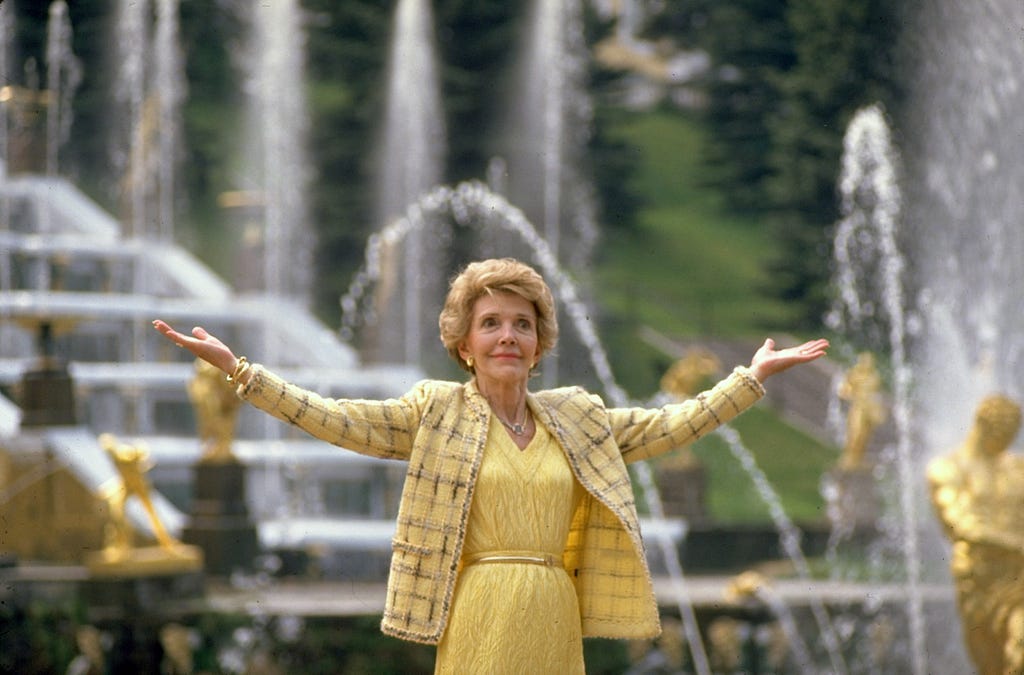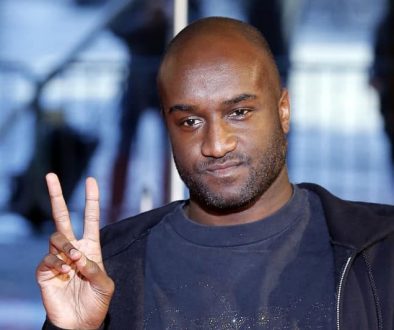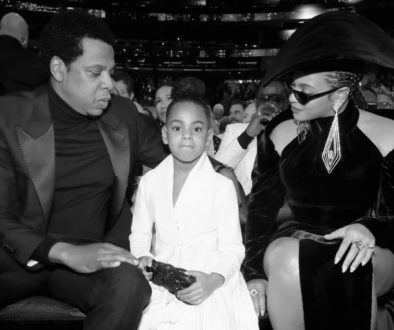How to use the presidency to get $1 million in free designer clothes, a lesson from Nancy Reagan
She was supposed to donate them, but that didn’t exactly happen

It used to be that the most visible woman in the United States was the first lady. Today, we’re lucky to spot her swatting away the president’s (normal-sized) hand.
Nancy Reagan was particularly image-conscious. Her glamorous ways were intensely scrutinized throughout her husband’s two terms in office. When Ronald Reagan was elected president in 1981, she famously remodeled the White House, installing hand-painted wallpaper in the master bedroom and nestling porcelain eggs throughout the residence. She replaced the china completely. All of it, she insisted, was paid for by private donations, and besides, it now belonged to the taxpayers.
Her extravagant clothes weren’t so easy to write off. Over eight years, Reagan accepted roughly $1 million worth of clothing that she never paid for. What made matters worse is that she had promised to return all of it, then never did.
Soon after the inauguration in 1982, Reagan aides reportedly suggested the first lady monitor her clothing choices, or more specifically, their price tags — especially if she wasn’t paying for the items herself. According to Kitty Kelley’s unauthorized 1992 biography of Nancy Reagan, White House lawyers suggested that gifts like $50,000 worth of Adolfo suits and gowns should be included on the annual presidential financial report. Or just turn them down, they advised. After all, the modern executive office came with stricter accountability. The 1978 Ethics in Government Act required high-ranking officials to report any gifts above $35 in value, but Reagan was stocking her closets with thousands of dollars in free dresses.
Few could blame the designers. Not since Jacqueline Kennedy had the country seen such a fashion-forward first lady. Her eagerness to dress up made her a walking advertisement. Later, designer David Hayes would tell Time magazine that Nancy Reagan had “been a sensation for my business.” Over two terms, he had “loaned” her 60 to 80 outfits.
Despite her lawyers’ concerns, Reagan attempted to get ahead of the potential controversy by controlling the script. In early 1982, after donating her white beaded James Galanos inaugural ball gown to the Smithsonian, she sent a telegram to the Council of Fashion Designers of America announcing her plans to donate a selection of her wardrobe to various museums around the country. That way, fashion students could have access to designer sewing techniques and she could continue to wear and promote American designers.
“I think the benefit is to the industry that has found her to be a focal point,” said the first lady’s secretary, Sheila Tate, “and has found a way to make it of benefit to hundreds of thousands of people who work in the industry.” The notion that the plan would save the first lady money, she insisted, was unimportant; and it wasn’t a tax advantage since she never owned the clothes in the first place.
The announcement backfired. Not only did Reagan draw attention to the tax implications of clothing “loans,” which she nonetheless had the authority to donate, more designers than ever began sending her their goods.
“It is using one’s office for personal gain,” Sheldon Cohen, a Democrat and former commissioner of the Internal Revenue Service, told The Washington Post. IRS agents are forbidden from accepting free lunch, he asserted. “Is a dress less than a lunch?”
Meanwhile, her first shipment of 13 dresses to the Parsons School of Design sat on the chairwoman’s desk unopened; she was too busy with student registration to open the package. Another unidentified museum official told the Post, “Just because Nancy Reagan wore a garment doesn’t make it museum quality.” Rather, the curator preferred “quality of the garment than the quality of the wearer.” Even Lady Bird Johnson’s former press secretary, Bess Abell, zinged, “I just wish I was size six. I’d open my own museum.”
Letters of criticism poured into the White House communications office. Reagan’s team responded to about 40 of them, announcing the first lady would cease accepting designer-loaned clothing. However, wrote special assistant Elaine D. Crispen, Reagan was still “firmly committed to supporting American designers and their work and therefore, intends to continue her practice of donating her own clothes to museums around the nation.” (Those who wrote letters praising the first lady were thanked for taking her “side” in the matter.)
And that was that…until the election of 1988.
In October of that year — nearly seven years after the first lady’s “museum program” and only three weeks before the nation would cast their votes for either George Bush or Michael Dukakis — Time magazine reported that Reagan had continued to secretly “borrow” designer clothing during her entire stay at the White House.
In response to the Time report, The Washington Post announced Reagan had been “secretly ‘borrowing’ $2,000 Adolfo suits and $22,000 Galanos gowns by the dozen” and not reporting them. “Nancy promised to live by the law, but she kept taking the taffeta and tulle under the table.” According to tax experts, she could be found guilty of evading taxes on $1 million worth of taxable income, whether they were returned or not, because they were not “gifts” (i.e. presented without possibility of commercial gain). “We think of it as loans,” designer David Hayes told Time.
“She set her own little rule, and she broke her own little rule,” explained Crispen.
“I guess that the only election question left is, will Barbara Bush or Kitty Dukakis borrow clothes from American fashion designers when one of them becomes first lady of the land?” wrote the Post in a semi-satirical follow-up.
Meanwhile, the president was “very upset about the attacks on the First Lady,” said White House spokesman Marlin Fitzwater. “Time magazine is on shaky ground.”
The Reagans eventually relinquished the newly fluffed White House to the Bushes, amid continued speculation about IRS re-audits. Though they enjoyed a statute of limitations, the Reagans could potentially be liable for thousands of dollars in back taxes. A Justice Department spokesman insisted, however, “There is no criminality involved.”
As the new president took office, the controversy faded away. In her autobiography, My Turn, published in October of 1989, the former first lady wrote, “I honestly never expected that would be seen as a problem. None of the clothes were given to me to keep.” She wondered, “What would have happened if I had stopped borrowing dresses and had started wearing only the clothes I could afford to buy? Instead of calling me extravagant, the press would have started referring to me as ‘dowdy’ and ‘frumpy.’”
She’s probably not wrong on that.
How to use the presidency to get $1 million in free designer clothes, a lesson from Nancy Reagan was originally published in Timeline on Medium, where people are continuing the conversation by highlighting and responding to this story.
Powered by WPeMatico


